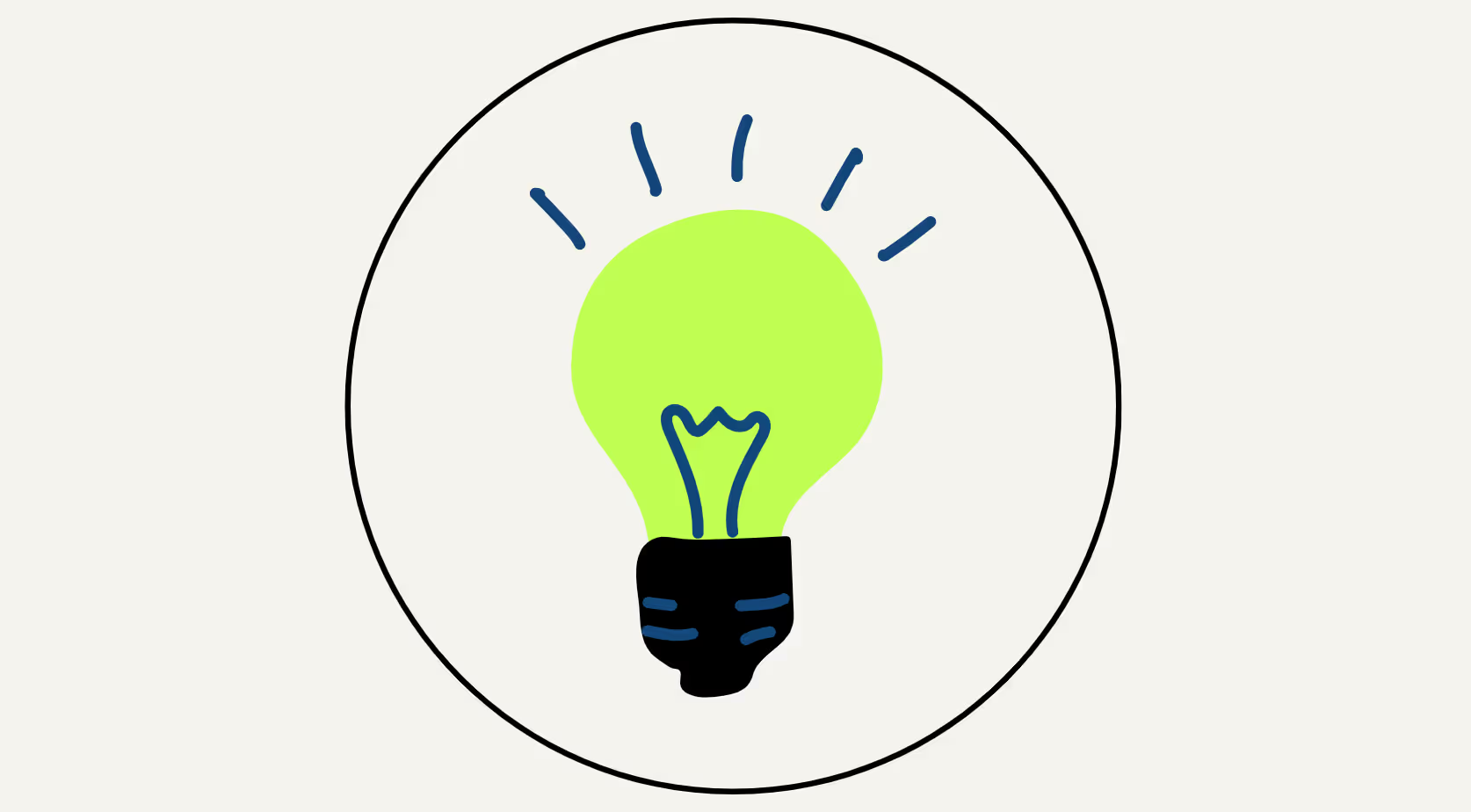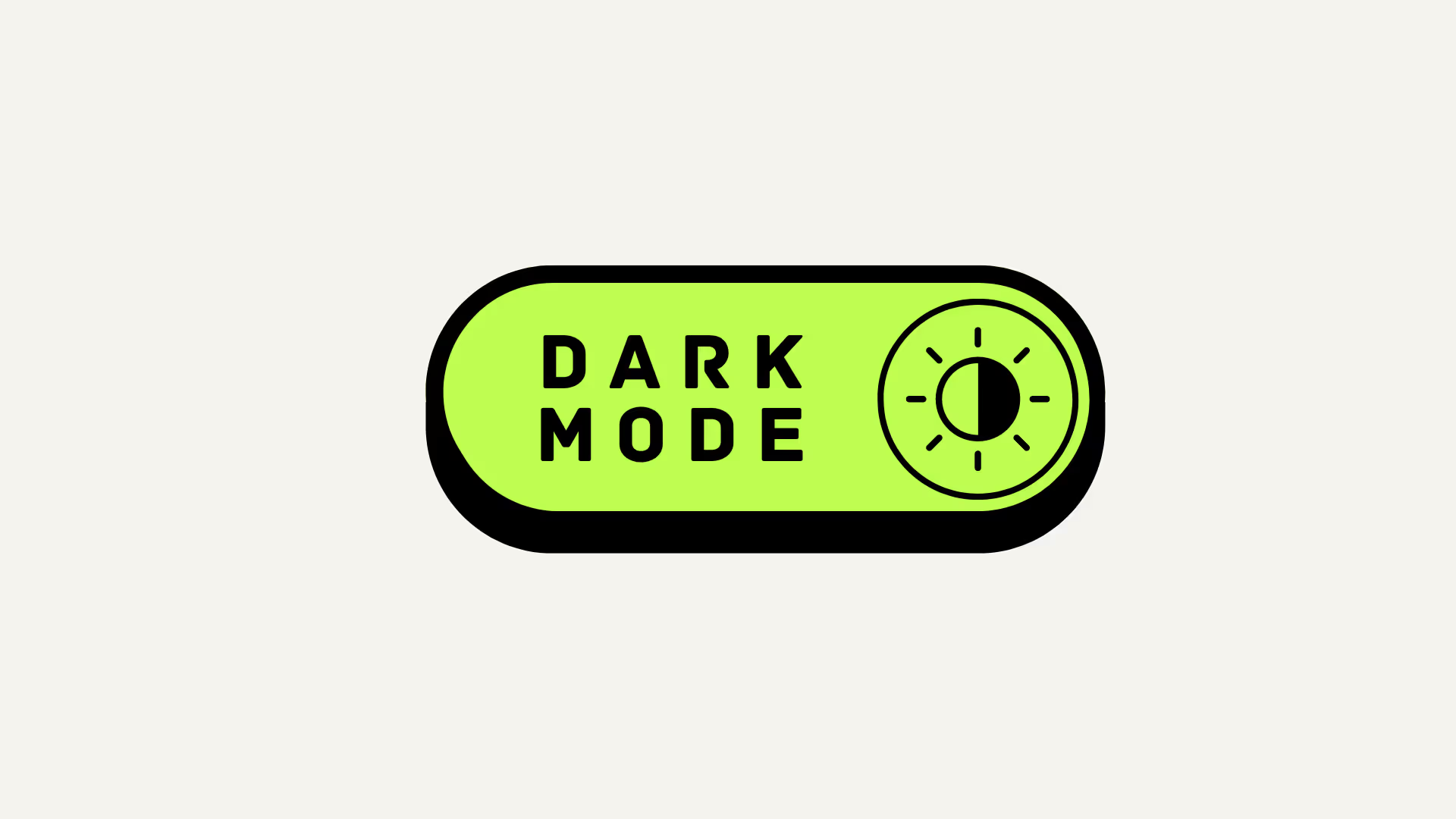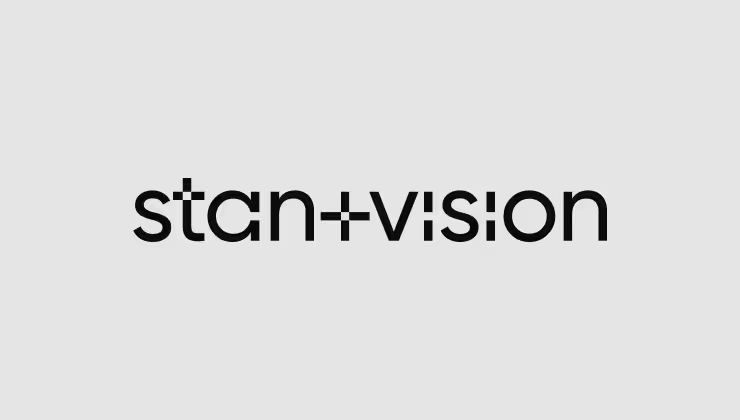Understanding digital product design
When diving into creating a SaaS product, think about getting into the heads and hearts of the people who’ll use it. The magic happens when you nail both the market research and truly understand your potential users.

Crafting a SaaS tech product is a lot like sculpting—you start with a big, rough idea and then, bit by bit, you chip away at it using solid market research and a deep dive into user needs. This combo of research and empathy is your sculpting toolkit, shaping that idea into a product that’ll perfectly fit your target audience's needs.
Digital product design isn’t just about the product itself—it’s about the customer journey that comes with it. It’s the design touches, the cool features, and the slick interface that come together to define the impression users get from your product.
The role of the user interface in digital products
The user interface (UI) builds the bridge between the user and the digital product. It’s where interaction happens, where communication takes place, and where the user’s experience is shaped. The UX/UI design serves as the main point of interaction between businesses and target users, shaping user engagement and satisfaction.
A well-designed intuitive user interface does more than just look good. It makes the user’s journey smooth, intuitive, and enjoyable. By using interfaces built with the user’s mental models in mind, users can effectively complete tasks, leading to a positive experience as their subconscious UI expectations are met. When users find your interface user-friendly, they are more likely to continue using your product, taking you closer to reaching your business objectives.
We, as UX/UI designers hold a critical role in this context. We're the architects of the user experience, tasked with creating intuitive interfaces that adhere to principles such as hierarchy, consistency, feedback and simplicity.
Achieving a seamless experience across the devices and platforms increases user engagement and might be the key to taking your SaaS platform a step further.
Responsiveness and adaptability
With the numerous devices and platforms users engage with today, ensuring a seamless user interface experience across all of them has become a must. Whether it’s a desktop computer, a smartphone, a tablet, or even a smartwatch, users expect to interact with your product without glitches.
Usability tests play a pivotal role in achieving this seamlessness. They help maintain interface consistency across different browsers and devices, ensuring that users have a similar experience regardless of their device or platform of choice.
Crafting a user-centric approach
A successful SaaS product isn’t just about solving a problem, it’s about solving a problem for the user. This is where a user-centric approach comes into play. This approach goes beyond simply understanding the user, it’s about empathizing with them, walking in their shoes, and viewing the world from their perspective.
Conducting user interviews
User interviews allow you to collect user feedback and understand their needs and challenges. They allow you to generate innovative ideas and demonstrate your commitment to understanding your customers’ needs. However, conducting successful user interviews requires more than just asking questions. It requires thorough preparation, including the craft of structured questions and conducting an appropriate number of interviews for each user persona.
Recording and analyzing user interviews is also pivotal. It allows you to:
- Extract themes and trends, giving product teams a better understanding of shared experiences across user personas
- Employ scenario-based questions in interviews
- Develop user personas to provide deeper, more actionable insights into user interactions with your SaaS product.
Implementing usability testing
While user interviews provide insights into the user’s needs and challenges, usability testing allows you to see how well your product meets these needs. Usability testing is crucial in identifying design issues and areas for improvement before the product launch by gathering relevant feedback from real users.

The key to successful usability testing lies in the methods used. Surveys, prototype testing, and establishing user feedback loops are effective ways to validate design assumptions and ensure that the solution resonates with the actual customer experience. By testing the usability of your product, you can ensure that it not only meets the user’s needs but does so in a way that is intuitive and enjoyable.
Analyzing user engagement metrics
Understanding user engagement metrics is like reading the pulse of your product. These metrics provide valuable insights into how users interact with your product and predict long-term customer loyalty and satisfaction. By monitoring metrics like the Net Promoter Score (NPS), which measures how likely a customer is to recommend a product or service, you can gauge the level of user satisfaction.
Other metrics, like Customer Lifetime Value (CLV), can be used to estimate the total revenue your business can expect from a single customer account throughout the business relationship. Even aspects like the visual appeal of your user interface design can establish trust and credibility, leading to a better user experience and increased conversions.
Identifying and solving pain points
Identifying and solving user pain points is a key part of UX mapping it requires understanding the user’s journey, pinpointing where they encounter obstacles, and then finding ways to eliminate these obstacles. User interviews play a critical role in this process, delving into the target audience’s issues and providing actionable insights into their needs.
Leveraging data analytics is another powerful tool in this process. Data analytics allow you to:
- Understand and address customer behaviour, preferences, and pain points
- Lead to higher satisfaction and retention
- Incorporate user feedback early and continuously throughout the design process
- Minimize the risk of developing products that do not align with market demands

Avoiding feature creep by concentrating on the core functionality of the SaaS product in initial design stages helps to maintain focus on addressing key user pain points.
- Critically assessing and resolving any identified bugs
- Enhancing the user interface based on beta testing feedback
- Ensures the product’s readiness at launch. Identifying and resolving user experience concerns, particularly through improving the user interface, is fundamental to securing a positive user experience.
Offering comprehensive demos that directly address user pain points and provide clear, accessible guidance contributes to lowering churn rates and enhancing sales.
Enhancing customer onboarding
Customer onboarding is like the first date between your product and the user. It’s the user’s first experience with your product, and it sets the tone for the rest of their journey. A user onboarding experience that includes a warm welcome, simplification of the signup process, and providing early value is key to fostering a positive first impression.
An intuitive onboarding process with in-app help options significantly contributes to user retention and conversion into paying customers. Segmenting users and providing an onboarding checklist with progress indicators facilitates personalized experiences that resonate with users’ pain points and goals. Micro-surveys on the welcome screen can help tailor the onboarding experience to new users’ specific objectives.
SaaS onboarding that assists users in learning product features effectively and independently enhances the personalized experience. Here are some strategies to consider:
- Good UI/UX design, combined with a comprehensive onboarding checklist, motivates users by leveraging a psychological need to complete tasks and quickly highlights the product’s value.
- Offering incentives encourages feedback participation.
- A/B testing different onboarding flows, such as the length of free trials, leads to insights that refine the onboarding process and reduce early churn.
Personalizing email campaigns can enhance customer relationships during crucial onboarding periods such as free trials.
Integrating social media platforms
Social media platforms serve as a bridge, connecting your product to the wider world. They enhance customer engagement by ensuring a frictionless experience, which includes seamlessly addressing customer inquiries and needs across various channels. Integrating social media allows for omnichannel support, giving customers a consistent experience and access to complete customer histories for better service.
Social media platforms are instrumental in lead generation, offering opportunities to interact with potential customers through conversations, events, and targeted advertising. Announcements for new features and major product releases can be effectively communicated to a wider audience through social media posts and influencer marketing.

Data consolidation across communication channels, including social media, informs up-to-date customer data management and more personalized customer service. CRM systems that integrate with social media can streamline operations such as post-scheduling, engagement tracking, and enriching customer records with social data.
Fostering continuous improvement
Continuous improvement in SaaS product development is like the rhythm of a song - it supports every beat and drives the melody forward. Design thinking, with its iterative nature, is instrumental in evolving SaaS products based on user feedback, underpinning product success and relevance. Continuous improvement practices lead to:
- Enhanced product quality
- Operational efficiency
- Cost savings
- Elevated satisfaction for both employees and customers.
Adopting a mindset shift towards continuous improvement is key, allowing businesses to innovate without necessarily increasing their workload. Implementing the PDCA (Plan-Do-Check-Act) model can guide teams to start continuous improvement on a small scale, with the potential to extend the practices company-wide for greater benefits.
Establishing a robust marketing SaaS strategy
A robust marketing strategy for a SaaS product is like a map to the treasure. It guides your marketing efforts, leading you to your ultimate goal – a successful SaaS product. Identifying and understanding the target audience is the first step in developing a successful SaaS marketing strategy, focusing on their specific needs and pain points.

Growth in SaaS is often driven by free trials or freemium plans that allow users to experience the product, while leveraging SaaS review sites can build trust and credibility, thereby driving conversions. Effective communication and customer segmentation in SaaS are developed based on data analytics, reviewing performance data to adapt marketing strategies, and implementing tools that support decision-making.
Optimizing SaaS marketing for search engines is crucial for visibility. It should aim to:
- Rank high without ads
- Maintain a focus on retaining existing customers
- Assess customer lifetime value
- Revise pricing models
Doing so has strategic benefits.
The importance of user flow in digital design
User flow in digital design is like the lyrics to a song - it tells the story of the user’s journey, guiding them through the various stages of their interaction with your product. User flow is a visual representation of this journey, highlighting the pathway and decisions they make. Understanding user personas and defining key user tasks are crucial steps in designing an effective user flow.
A user flow should be informed by user research, and tailored to the target audience’s behaviours and preferences to ensure a more personalized and effective experience. Streamlined user journeys facilitated by strong UI/UX design can lead to higher conversion rates. A well-designed user flow can prevent user frustration and churn by providing a seamless and intuitive experience.
User flows can uncover potential obstacles and help streamline processes, thereby reducing user effort and improving overall satisfaction. Iterative design using user flow allows for continuous improvements based on user feedback and serves as a communication tool with clients and stakeholders to visualize and discuss the design.
Building a competitive edge through innovation
Building a competitive edge through innovation in SaaS product development is like adding unique flavours to a dish - it sets your product apart and makes it memorable. The future of UI/UX design is expected to include advancements like AR/VR integration, adaptive designs, and voice and gesture interfaces, which can significantly contribute to creating a competitive edge for SaaS products.
Incorporating advanced analytical features such as benchmarking, predictive, and prescriptive analytics into SaaS products can drive continuous innovation and offer valuable new insights to users. AI and ML have untapped potential in enhancing SaaS products, allowing companies to build future-proof solutions, while embedded analytics improve user efficiency and personalize the customer experience.

Conducting competitive research aids in pinpointing market gaps for SaaS innovation, and maintaining adaptability is vital to quickly respond to these opportunities and changes in the market.
Prioritizing core functionality in design
Prioritizing core functionality in SaaS product design is the base on which everything else is built. Emphasizing core functionality helps maintain a clear product vision, conserves development resources, and focuses on developing features that provide real value to users.
Focusing on core functionality in SaaS product design is recommended to keep the product vision clear and prioritize the development of features that offer real user value.
The benefits of focusing on core functionality include:
- Keeping the user interface from becoming overloaded
- Addressing key user needs
- Preventing feature bloat
- Maintaining a clear product vision
Balancing the inclusion of innovative features with the crucial aspects of core functionality is essential for creating a successful SaaS product.
Success stories like Notion’s show that concentrating on key features initially can establish a strong foundation for a SaaS product, which can be expanded later to attract a wider user base.
Collecting and utilizing customer feedback
Collecting and utilizing customer feedback in SaaS product development provides real-time insights into how well your product is resonating with users. Collecting user feedback is crucial in UX design to meet user expectations and enhance their experience, ultimately reducing friction and increasing engagement.
Direct interactions with customers provide valuable insights into their preferences and complaints, informing actionable product improvements. Feedback from customers who discontinue use of the service reveals critical insights that can improve customer retention and customer satisfaction, informing product development strategies.

Establishing a culture that prioritizes customer feedback leads to a deeper understanding of user needs and fosters continuous product enhancement. Implementing in-app feedback tools provides context-rich information from users, guiding the refinement of existing features and the development of anticipated new ones.
Creating value with new features
Adding new features to a SaaS product keeps the "story" of your product going and maintains the user's interest. Introducing new features in a SaaS product is essential to maintaining and enhancing customer engagement over time. New features not only offer additional value to the user but also keep your product fresh and relevant in a rapidly evolving market.
It’s not just about adding features for the sake of adding features. The new features must be meaningful and valuable to the user. This, again, requires a deep understanding of the user’s needs and challenges, as well as a keen eye for market trends and advancements. These considerations ensure that the new features not only add value to the product but also resonate with the user.

Moreover, the introduction of new features should be accompanied by effective communication. Informing users about the new features, how to use them, and the benefits they offer can encourage users to explore and utilize these features.
Achieving business goals with digital product design
Achieving business goals is the ultimate aim of your efforts, of course. Creating an optimal user experience through usability testing is crucial to preventing high churn rates in SaaS products. Good user experience (UX) design in SaaS products facilitates the achievement of business goals by enhancing user adoption and satisfaction.
Gaining a competitive advantage in the SaaS market hinges on:
- Effective marketing
- The ability to differentiate your product from competitors
- Data analytics that supports informed decision-making in SaaS businesses, influencing key strategies around pricing, marketing, and resource allocation.
Choosing a suitable pricing model for a SaaS product is a critical aspect of monetizing the software, as it directly relates to the sustainability of the subscription model.
2024 SaaS growth playbook
By staying up-to-date with trends and incorporating them into design processes, SaaS companies can create compelling, user-centric products that meet the evolving needs of their users.
Personalization and customization: Users expect personalized experiences tailored to their specific needs and preferences. SaaS products are increasingly offering customization options that allow users to personalize their interfaces, workflows, and settings according to their preferences. This personalization enhances user satisfaction and engagement.
Minimalist design aesthetics: Minimalism continues to be a prevailing trend in UI/UX design for SaaS products. Clean, simple interfaces with ample white space, streamlined navigation, and intuitive layouts are favoured for their ability to reduce cognitive load and enhance usability.
Streamlined navigation: With the increasing complexity of SaaS products, streamlined navigation is essential for guiding users through the application seamlessly. Clear navigation menus, intuitive hierarchies, and contextual cues help users find the information or features they need quickly and efficiently.
Integration of immersive technologies: The integration of immersive technologies such as augmented reality (AR) and virtual reality (VR) is gaining traction in UI/UX design for SaaS products. These technologies offer unique opportunities to create immersive and engaging user experiences, particularly in industries like e-commerce, real estate, and training.
Responsive design for multi-platform compatibility: With users accessing SaaS products across various devices and screen sizes, responsive design is essential for ensuring a consistent and optimal user experience across desktops, laptops, tablets, and smartphones. Responsive design adapts the layout and functionality of the interface based on the user's device, screen size, and orientation.
Voice user interfaces (VUI): With the rise of voice assistants and smart speakers, voice user interfaces (VUI) are becoming increasingly prevalent in SaaS products. Integrating VUI allows users to interact with the application using natural language commands, enhancing accessibility and convenience, particularly in hands-free environments.

Dark mode: Dark mode interfaces, featuring dark colour schemes with light text and accents, have become popular among users for their aesthetic appeal and reduced eye strain, especially in low-light environments. SaaS products are adopting dark mode options to provide users with more choices and improve usability.

Data Visualization and Infographics: As SaaS products generate and manage large volumes of data, effective data visualization techniques are crucial for presenting complex information clearly and understandably. Infographics, charts, graphs, and interactive data visualizations help users interpret and derive insights from data more effectively.
FAQ
What does SaaS mean in UX?
SaaS in UX stands for Software-as-a-Service. It refers to the process of creating an intuitive and pleasant user experience for cloud-hosted software products accessed via the Internet. So, SaaS design revolves around carefully considering the functionality, user experience, and interface of the software.
How do you create a digital product?
To create a digital product, use a tool like Canva. Customize ready-made templates to make unique, high-quality products tailored to your audience. Add your content, images, diagrams, or infographics.
What makes a good digital product design?
A good digital product design should prioritize user needs and expectations, ensuring that the design is centered around fulfilling user demands and expectations. Understanding the user's perspective is crucial for creating successful digital products.
What is the difference between product design and digital design?
The main difference between product design and digital design lies in the development processes, including wireframing and prototyping. Digital design focuses on creating visual interfaces and user experiences for digital platforms, while product design encompasses the entire development process of physical and digital products.
What does a digital product designer do?
A digital product designer creates the visual style and user experience for software and web products. They prioritize user experience to ensure easy navigation and discovery.






